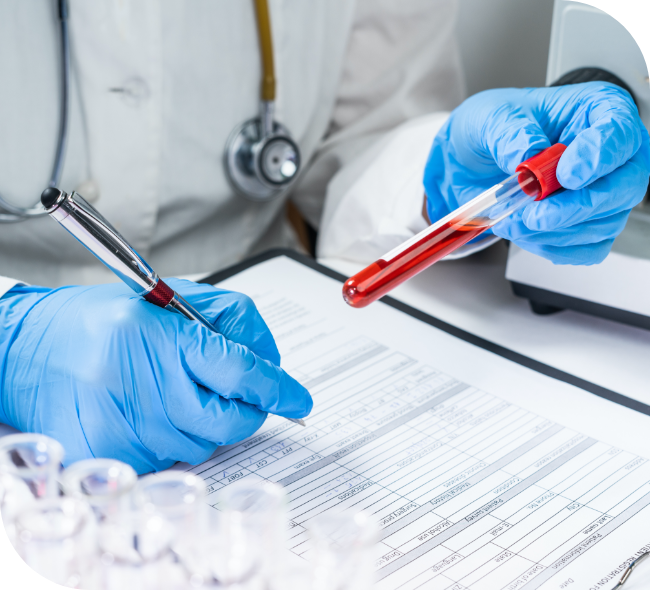Prostrate Cancer
Uncontrolled or malignant growth of cells in the prostate gland is known as Prostate cancer. Men have this walnut-sized prostate gland located just below the bladder, in front of the rectum and surrounding the urethra (the tube that carries urine out of the bladder). This gland produces and stores fluid that aids the production of semen.
Prostate Cancer in men could be slow-growing, and before it causes significant problems, several men die of other diseases. However, several Prostate cancers can be deadly if they are more aggressive and spread out of the prostate gland's limits. With early detection and personalized treatment, the prostate cancer survival rate has improved to a great extent.





